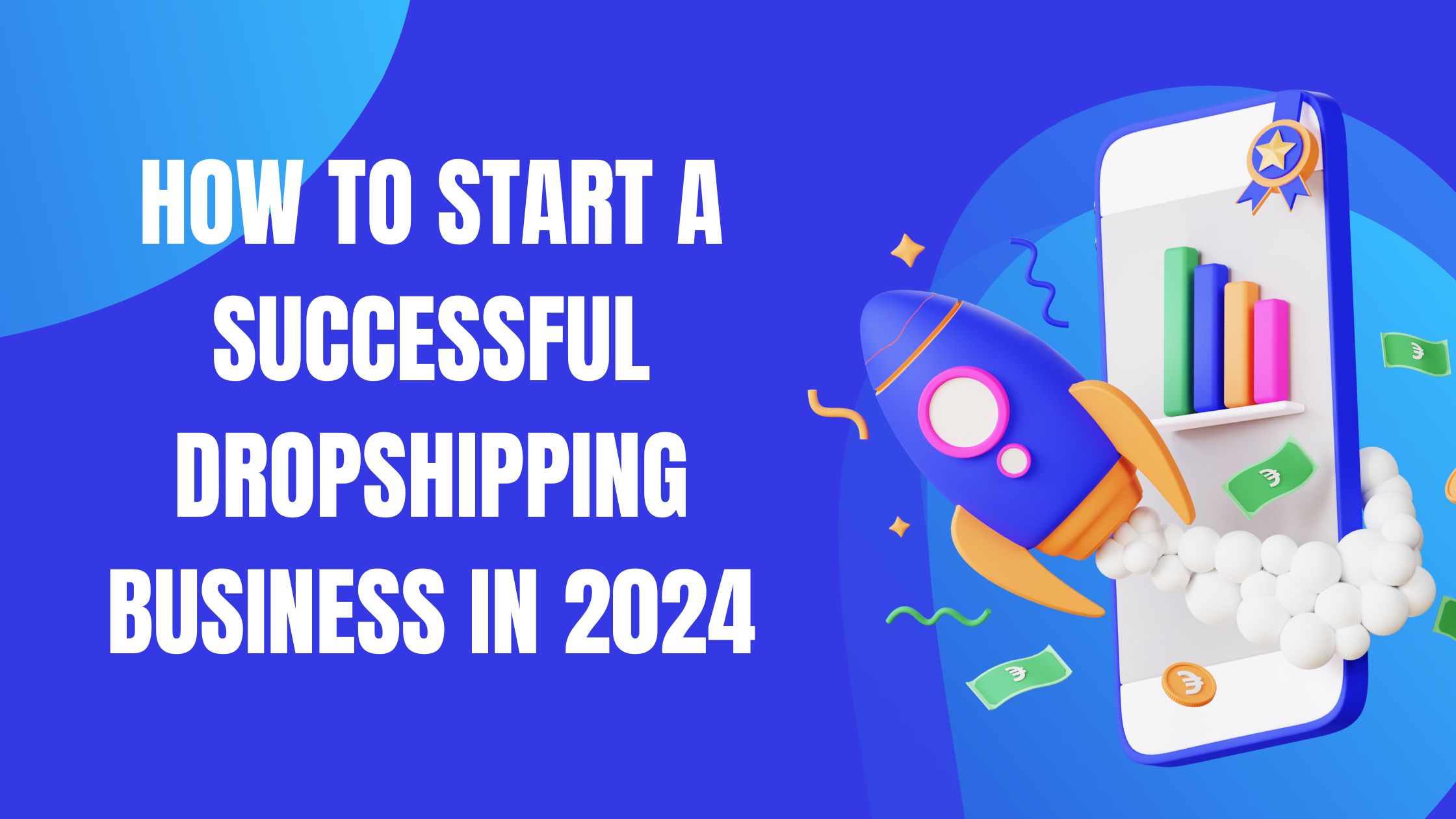In today’s digital landscape, social media has become more than just a platform for connecting with friends and sharing content—it’s also a powerful tool for generating income and building a successful online business. From influencers and content creators to businesses and brands, social media offers a myriad of opportunities for monetization. In this comprehensive guide, we’ll explore the art of social media monetization, including strategies, tips, and best practices for turning your social media presence into a profitable venture.
1. Understanding Social Media Monetization
What is Social Media Monetization?
Social media monetization refers to the process of earning income from your social media presence, content, or audience. It involves leveraging your influence, reach, and engagement on social media platforms to generate revenue through various channels, such as sponsored content, affiliate marketing, product sales, advertising, subscriptions, and more. Social media monetization allows individuals, businesses, and brands to turn their online presence into a source of income and capitalize on their audience’s attention and engagement.
The Rise of Social Media Influencers
In recent years, social media influencers have emerged as a dominant force in the world of social media monetization. These individuals have built large and engaged followings on platforms like Instagram, YouTube, TikTok, and Twitter, and have leveraged their influence to collaborate with brands, promote products, and monetize their content. Influencer marketing has become a lucrative industry, with brands spending billions of dollars each year to partner with influencers and reach their target audience.
2. Strategies for Social Media Monetization
Choose the Right Platform
The first step in monetizing your social media presence is choosing the right platform(s) to focus on. Consider factors such as your target audience, niche, content format, and engagement level when selecting platforms. Each social media platform has its own strengths, demographics, and monetization options, so choose platforms that align with your goals and audience preferences.
Build a Strong Personal Brand
Building a strong personal brand is essential for standing out in a crowded social media landscape and attracting followers, sponsors, and business opportunities. Define your niche, voice, values, and aesthetic, and consistently communicate your brand identity through your content, visuals, and messaging. Establishing a recognizable and authentic personal brand will help you build trust, credibility, and loyalty with your audience.
Create High-Quality Content
Creating high-quality content is key to attracting and retaining followers and monetizing your social media presence effectively. Invest in producing visually appealing, engaging, and valuable content that resonates with your audience and aligns with your brand identity. Experiment with different content formats, such as photos, videos, stories, live streams, and interactive posts, to keep your audience entertained and engaged.
Grow and Engage Your Audience
Growing and engaging your audience is crucial for maximizing the monetization potential of your social media channels. Focus on building genuine connections with your followers by responding to comments, messages, and mentions, and actively engaging with your audience through polls, Q&A sessions, and interactive content. Consistently provide value, entertain, educate, and inspire your audience to keep them coming back for more.
Monetization Channels and Strategies
There are several monetization channels and strategies you can leverage to generate income from your social media presence:
- Sponsored Content: Partner with brands and businesses to create sponsored posts, videos, or stories promoting their products or services in exchange for payment or free products.
- Affiliate Marketing: Join affiliate programs and promote products or services through affiliate links or discount codes, earning a commission for each sale or referral generated through your unique link.
- Product Sales: Create and sell your own products, merchandise, courses, or digital downloads directly to your audience through your social media channels.
- Advertising: Monetize your social media channels through display ads, sponsored posts, or pre-roll ads served by ad networks or platforms like Facebook Ads or Google AdSense.
- Subscriptions: Offer exclusive content, membership tiers, or subscription-based services to your audience in exchange for a recurring monthly fee or subscription.
3. Tips for Success
Be Authentic and Transparent
Authenticity and transparency are essential for building trust and credibility with your audience and maintaining long-term relationships with sponsors and partners. Be genuine, honest, and transparent in your content and partnerships, and disclose any sponsored or paid content clearly and conspicuously to your audience.
Stay Consistent and Persistent
Consistency and persistence are key to success in social media monetization. Stay consistent in your posting schedule, content quality, and brand messaging to keep your audience engaged and interested. Be patient and persistent in pursuing monetization opportunities, building your audience, and growing your online presence over time.
Diversify Your Revenue Streams
Diversifying your revenue streams is essential for mitigating risk and maximizing your earning potential in social media monetization. Explore multiple monetization channels and strategies, and don’t rely solely on one source of income. By diversifying your revenue streams, you can create multiple income streams and increase your overall earning potential.
Invest in Your Growth and Development
Invest in your growth and development as a social media influencer or content creator by continuously learning, experimenting, and improving your skills and strategies. Take courses, attend workshops, and seek mentorship or guidance from experienced professionals in your industry. Stay updated on industry trends, platform updates, and best practices for social media monetization to stay ahead of the curve.
Conclusion
Social media monetization offers unprecedented opportunities for individuals, businesses, and brands to earn income from their online presence, content, and audience. By leveraging your influence, creativity, and engagement on social media platforms, you can turn your passion into a profitable venture and build a successful online business. Whether you’re a social media influencer, content creator, or business owner, the strategies, tips, and best practices outlined in this guide will help you unlock the full potential of social media monetization and achieve your financial goals. Start implementing these strategies today and embark on your journey to social media success and financial freedom.



